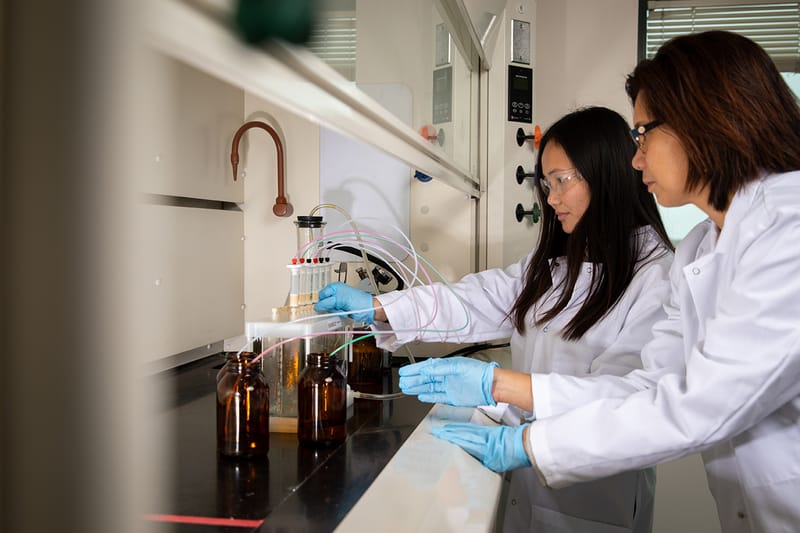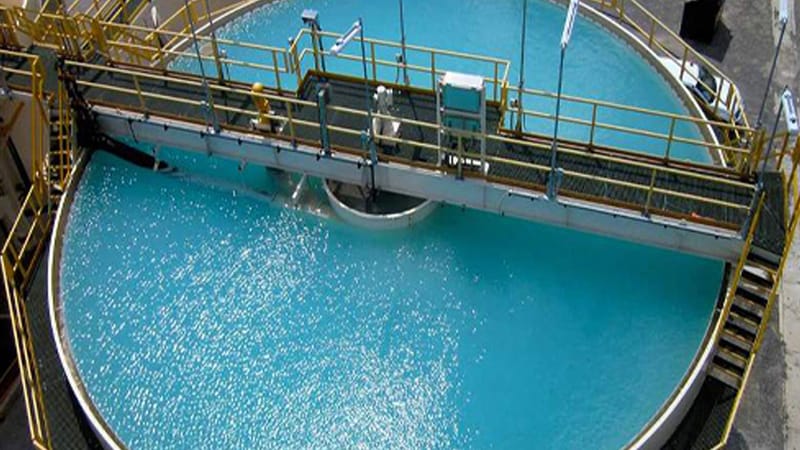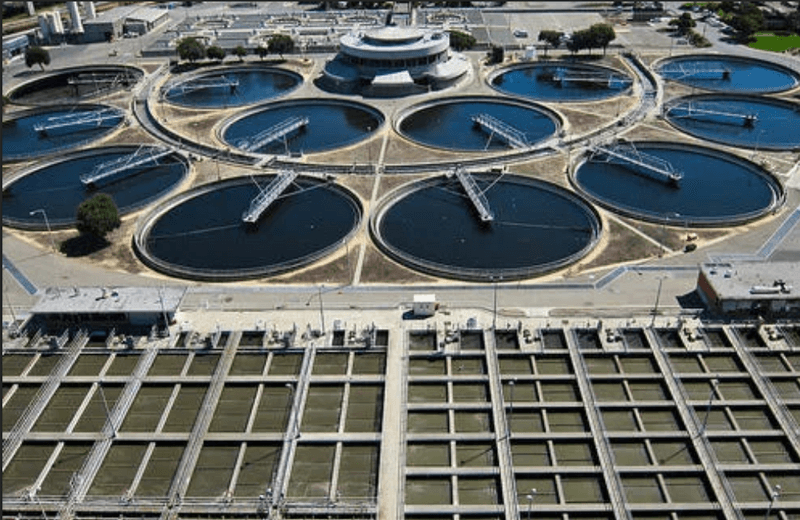Medical Research Center Wastewater Management: Innovation for a Greener Tomorrow
Introduction to WasteWater from Medical Research Centres
In the realm of scientific discovery and medical innovation, medical research centers stand as beacons of progress and hope. These institutions serve as hubs of intellectual curiosity and pioneering exploration, where dedicated researchers strive to unlock the mysteries of disease, develop novel treatments, and improve human health. Yet, amidst the fervent pursuit of knowledge and the excitement of breakthroughs, there exists a less conspicuous but equally significant aspect: the management of wastewater generated by these facilities. In this expansive narrative, we embark on a comprehensive journey to unravel the intricate tapestry of medical research center wastewater treatment, peering into its myriad complexities and nuances.

Understanding the Complexity
At the heart of medical research center wastewater lies a rich and intricate blend of compounds, each bearing testament to the diverse array of activities conducted within these hallowed halls. From the remnants of pharmaceuticals and the residues of chemical reagents to the traces of biological contaminants and the presence of hazardous materials, the composition of this wastewater is a reflection of the multifaceted nature of scientific inquiry. Unlike the relatively straightforward makeup of domestic wastewater, which flows through conventional treatment plants, medical research center wastewater presents a formidable challenge that defies easy categorization.
Approach and Caution
Indeed, the treatment of this wastewater demands a sophisticated and nuanced approach, one that takes into account not only the diverse array of contaminants present but also the unique requirements of environmental protection and regulatory compliance. In the absence of tailored solutions, the discharge of untreated or inadequately treated wastewater from medical research centers could pose significant risks to both human health and the environment. As such, the development of effective treatment strategies represents a critical imperative, one that requires collaboration, innovation, and a steadfast commitment to sustainability.
In the following chapters, we will delve into the intricate details of medical research center wastewater treatment, exploring the latest technological advancements, examining global best practices, dissecting regulatory frameworks, and charting a course towards a more sustainable future. Through this comprehensive exploration, we hope to shed light on a crucial yet often overlooked aspect of scientific research, and to inspire a renewed focus on the responsible stewardship of our precious resources.

The Global Environment
Medical research facilities are located all over the world and are essential hubs for medical innovation and scientific research. Whether they are large institutions or little labs, all of these facilities face the same problem: how to properly handle the wastewater that is produced while conducting research. On the other hand, there is a great deal of variation in the wastewater management strategies, which can be attributed to various factors like geographic location, regulatory constraints, infrastructural accessibility, and financial resources.
Advanced wastewater treatment systems are commonly found at medical research institutions located in wealthy nations with strong infrastructure and strict environmental regulations. These carefully thought-out systems are prepared to handle wastewater from clinics, research facilities, and laboratories, which has a complicated and varied composition. Membrane filtration and advanced oxidation are two examples of advanced treatment techniques that are widely used to effectively remove pollutants and guarantee adherence to regulatory guidelines.
On the other hand, while putting complete wastewater treatment systems in place, medical research facilities in developing countries frequently encounter difficulties. Having little funds, having a poor infrastructure, and having lax regulations might make it difficult to handle wastewater in an ethical manner. Basic treatment methods like disinfection and sedimentation may be used in these situations, however their efficacy may vary.

Technological Advancements in Treatment
Innovation targeted at solving the special problems presented by wastewater produced in medical research institutes has exploded in the last several years. Globally, engineers and researchers are investigating novel treatment technologies to maximize resource recovery, reduce environmental impact, and improve efficiency.
Advanced oxidation processes (AOPs) are one innovative field that uses strong oxidizing agents to break down organic contaminants found in wastewater. These procedures have outstanding removal efficiency and are capable of efficiently removing a variety of contaminants, such as chemical pollutants and pharmaceutical residues that are frequently present in wastewater from medical research centers.
In addition, the increasing popularity of membrane filtration technologies like reverse osmosis and ultrafiltration can be attributed to their capacity to generate high-grade wastewater that can be recycled or released into aquatic environments. These systems separate pathogens, dissolved pollutants, and suspended solids from the wastewater stream using semi-permeable membranes, producing treated water of the highest caliber.
Utilizing the natural processes of microorganisms and plants, biological treatment techniques, such as activated sludge systems and artificial wetlands, break down organic matter and extract nutrients from wastewater. These environmentally friendly methods provide affordable alternatives while lowering energy and chemical usage. Furthermore, the use of nanotechnology-based methods represents a cutting-edge area of study for wastewater treatment. Certain features of nanomaterials, such graphene oxide and carbon nanotubes, can improve the removal of contaminants and make it easier to recover valuable resources from wastewater streams.

Inculcating Sustainable Practices for Efficiency
In light of growing apprehensions surrounding environmental sustainability, medical research centers are progressively acknowledging the significance of implementing environmentally conscious wastewater management strategies. Efforts like water reuse and recycling schemes are actively underway to reduce freshwater usage and diminish the amount of wastewater released into the ecosystem. Additionally, there is a rising momentum in embracing energy-efficient treatment systems fueled by renewable sources like solar and wind power. These endeavors not only cut down operational expenses but also signify a dedication to curbing carbon emissions and lessening the environmental footprint linked with wastewater treatment operations.
Regulatory Frameworks
Regulatory frameworks play a pivotal role in shaping wastewater management practices at medical research centers. Government agencies worldwide enforce stringent regulations to safeguard public health and the environment, setting standards for wastewater discharge, pollutant levels, and treatment technologies. Compliance with these regulations is not only essential for environmental protection but also crucial for maintaining public trust and institutional credibility. However, navigating the complex landscape of regulatory requirements poses challenges for medical research centers, especially those operating in diverse geographical regions with varying regulatory frameworks.
Challenges and Opportunities
Despite the considerable strides made in wastewater treatment technology, medical research centers still grapple with hurdles in managing their wastewater. Challenges such as financial constraints, inadequate infrastructure, and lax regulatory oversight persist, particularly in developing nations, thwarting efforts to implement comprehensive treatment solutions. Nonetheless, amidst these difficulties lie opportunities for creativity, cooperation, and the sharing of expertise among stakeholders. By joining forces to tackle these obstacles head-on, stakeholders can seize emerging prospects to craft environmentally sustainable and economically viable wastewater management strategies that cater to the unique demands of medical research centers.
Looking Ahead
As we consider the road ahead, it's evident that collaboration and innovation will be essential in confronting the complexities of wastewater management within medical research centers. By fostering partnerships across academia, industry, government, and non-profit sectors, we can develop customized solutions that prioritize environmental sustainability while ensuring adherence to regulatory standards. This collaborative effort will allow us to leverage the latest research and technological advancements to effectively address the challenges associated with wastewater management.
Furthermore, investing in ongoing research, education, and advocacy efforts will play a critical role in empowering medical research centers worldwide to adopt sustainable wastewater management practices. Through continuous learning and awareness-building initiatives, stakeholders can acquire the knowledge and tools necessary to minimize their environmental impact, mitigate potential risks, and contribute to a healthier planet for future generations.
Conclusion
The task of managing wastewater in medical research centers is complex but not insurmountable. By fostering collaboration, fostering innovation, and investing in education and research, we can develop sustainable solutions that address current challenges while laying the groundwork for a cleaner, healthier, and more sustainable future.